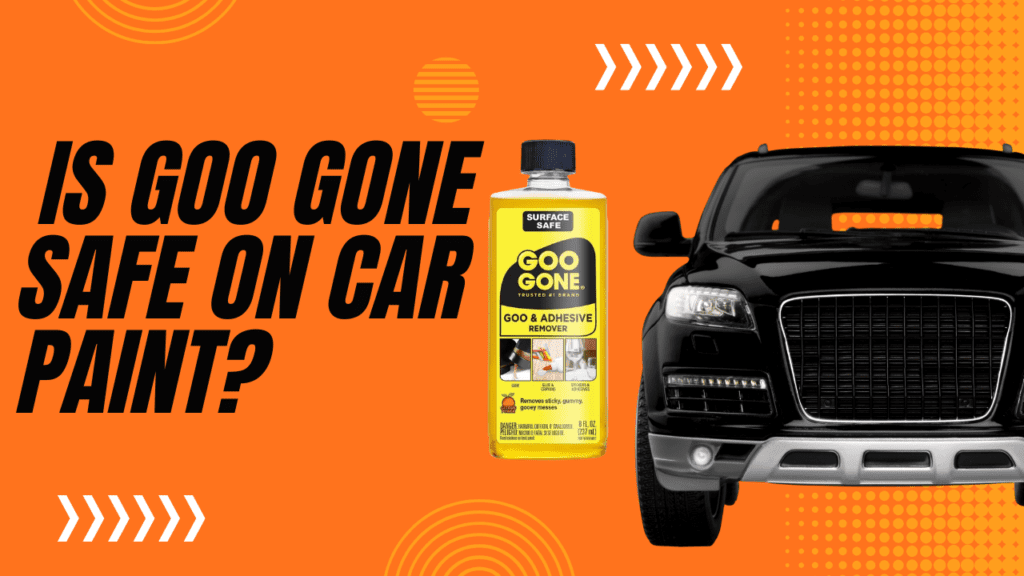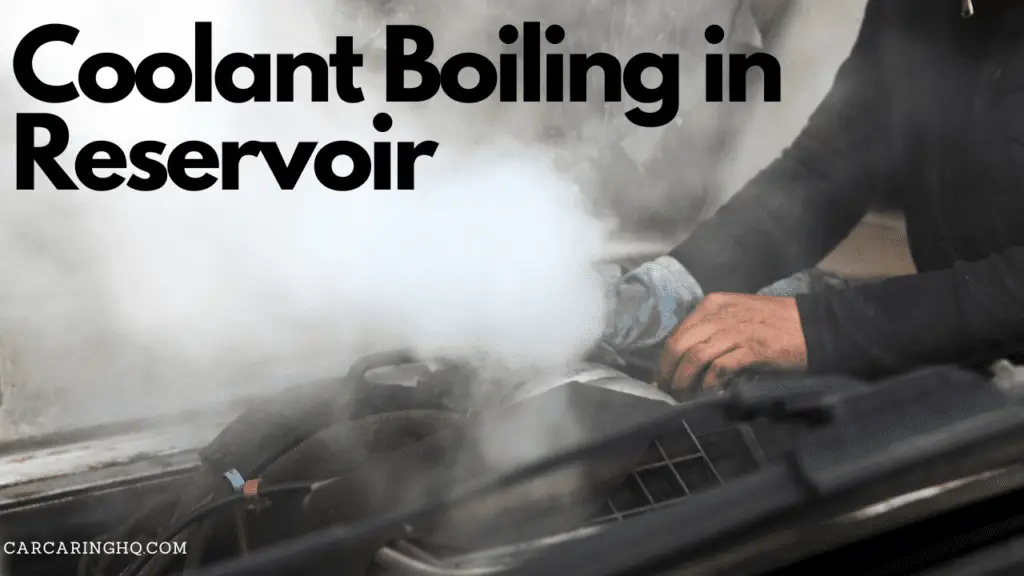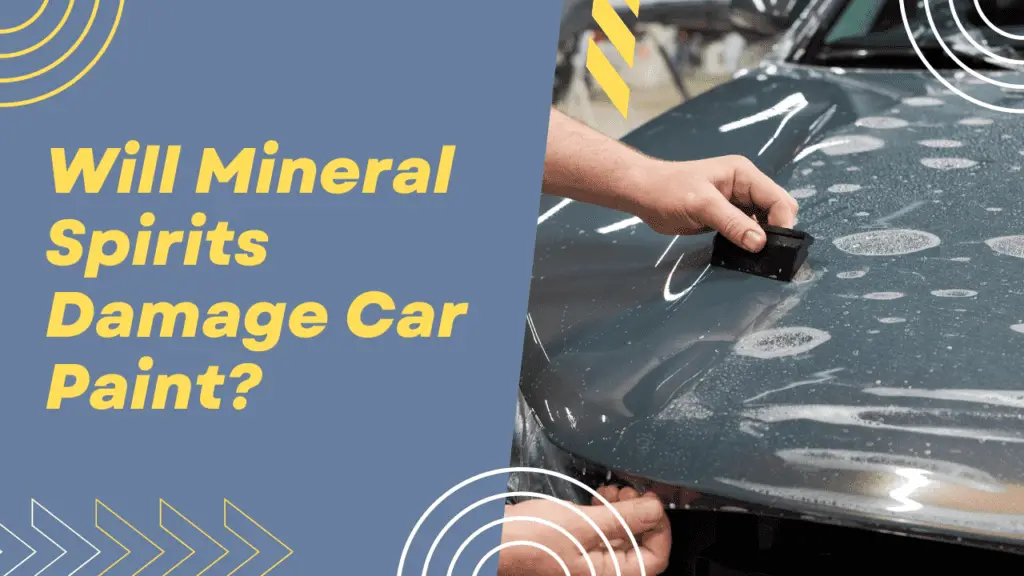WD-40 is a popular multi-purpose lubricant and penetrating oil that has various household and automotive uses. However, it is important to understand that WD-40 is not suitable for all applications, especially when it comes to the engine of your vehicle.
In this article, we will explore the risks and precautions associated with putting WD-40 in your engine.
Table of Contents
What is WD-40?
WD-40 is a versatile product known for its lubricating and penetrating properties. It is primarily used to displace moisture, loosen rusted parts, and provide temporary lubrication. WD-40 comes in a spray can and contains a mixture of solvents, mineral oil, and other ingredients.
Composition and Uses
WD-40’s composition includes various chemicals and petroleum-based products. It is designed to provide short-term lubrication and corrosion protection for specific applications, such as door hinges, bolts, and electrical contacts. It is not formulated as an engine lubricant or additive.
Not Suitable for Engine
It is crucial to note that WD-40 is not intended to be used as an engine lubricant or additive. Its composition and properties are not suitable for the complex and demanding conditions within an engine.
Risks of Putting WD-40 in Your Engine
Putting WD-40 in your engine can lead to several risks and potential problems:
Potential Damage to Engine Components
WD-40 is not formulated to provide the necessary lubrication and protection required by engine components. It may not have the proper viscosity or additives to protect against wear, heat, and friction.
This can result in premature wear and damage to critical engine parts, such as pistons, cylinders, and bearings.
Contamination of Engine Oil
If WD-40 is introduced into the engine, it can contaminate the engine oil. The solvents and additives present in WD-40 can disrupt the oil’s composition and degrade its performance.
Contaminated oil can lead to poor lubrication, increased friction, and potential engine damage.
Reduced Lubrication and Increased Friction
The improper use of WD-40 in the engine can result in reduced lubrication and increased friction.
Without the appropriate lubricants and additives, engine components may experience excessive wear, overheating, and decreased performance.
Negative Impact on Engine Performance
Using WD-40 in the engine can negatively impact its overall performance. The engine may experience reduced power, decreased fuel efficiency, and increased emissions. It can also lead to poor engine response and potentially cause mechanical failures.
Precautions to Avoid Putting WD-40 in Your Engine
To avoid the risks associated with putting WD-40 in your engine, follow these precautions:
Use Engine-Specific Lubricants
When lubricating your engine, use lubricants specifically designed for automotive engines. These lubricants are formulated to meet the unique requirements and demands of engine components, providing optimal protection and performance.
Follow Manufacturer’s Recommendations
Always follow the manufacturer’s recommendations for engine maintenance and lubrication. Use the recommended lubricants and additives specified in the owner’s manual or provided by the vehicle manufacturer.
Proper Maintenance and Inspection
Maintain a regular maintenance schedule for your vehicle, including oil changes and inspections. This ensures that the engine receives proper lubrication and that any potential issues are detected and addressed promptly.
Things to do if you accidentally put WD-40 in your engine
If you have accidentally put WD-40 in your engine, it is important to take immediate action to prevent further damage. This includes:
- Draining the Oil: If you have added WD-40 to your engine, you will need to drain the oil and replace it with the correct type of oil for your engine. This will help to prevent further damage and ensure reliable engine performance.
- Flushing the Engine: In some cases, it may be necessary to flush the engine to remove any residual WD-40 that may be present. This will help to ensure that the engine is properly lubricated and protected.
- Seeking Professional Assistance: If you are unsure about how to properly address the issue of WD-40 in your engine, it is important to seek professional assistance from a qualified mechanic or automotive technician. These professionals can provide expert advice and guidance to help you resolve the issue safely and effectively.
Conclusion
Putting WD-40 in your engine can lead to significant risks and potential damage. WD-40 is not designed as an engine lubricant and may cause harm to engine components, contaminate engine oil, reduce lubrication, and negatively impact engine performance.
To avoid these risks, use engine-specific lubricants, follow manufacturer’s recommendations, and maintain proper maintenance practices for your vehicle’s engine.







